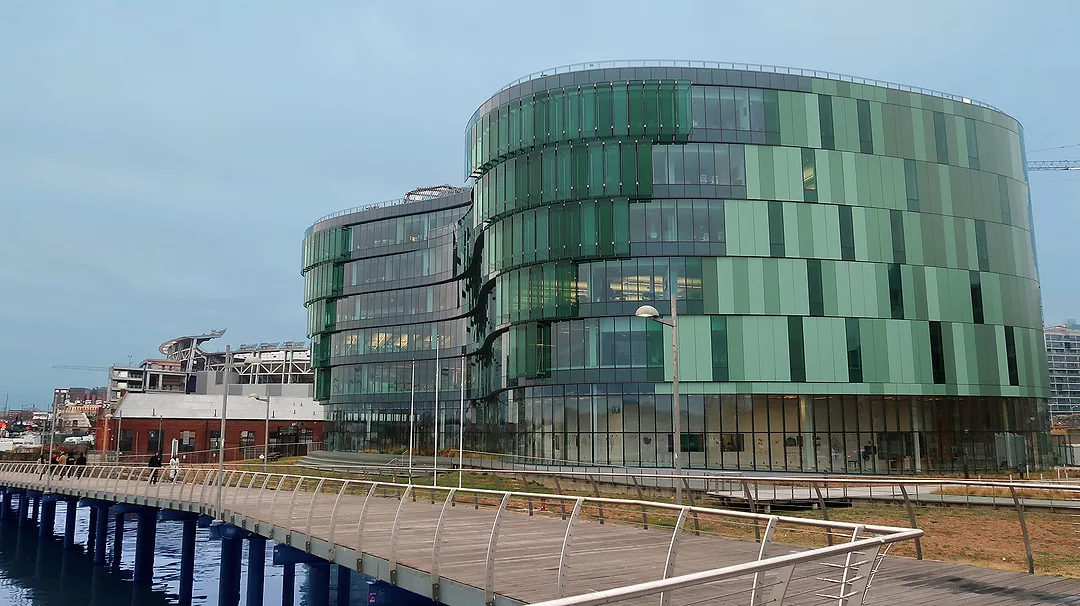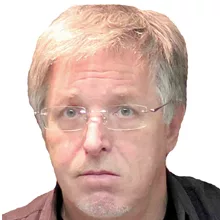The Pike’s Peak gold rush in the then-Colorado territory during the late 1850s was the second largest after the California gold rush a decade earlier. The city of Denver was a result of that event, and its economic benefits have helped fuel Colorado’s growth ever since.
There may not be as much gold mining activity in the Colorado Rocky Mountains today, but Denver sewers represent untapped wealth. The National Western Stock Show and Rodeo invested more than $1 billion to update a 250-acre site into the National Western Center — a hub for rodeo, art, education and agriculture. The revamped center will include about 1 million square feet of new indoor space, which will be heated and cooled with energy from the sewer pipe below.
Denver also is promoting its sewer resource to additional customers, and it is not alone. Other North American cities are either active or studying the potential. The technology now exists to make a compelling economic case for sewer energy recovery in almost any municipality.
Mechanical designers looking for promising new opportunities would do well to consider exploring this renewable resource. Systems tend to be large; partners and some customers can be governments or other organizations with big budgets. Projects range from one building to expansive district energy facilities. Everyone is seeking high-impact methods to meet greenhouse gas reduction targets, and the technology isn't very complicated.
D.C.’s Recovered Wastewater Energy
I wrote about DC Water's new system a couple of years ago and was fortunate to be invited for a tour and update on the project in January. Saul Kinter showed me around and I learned how simple it was to heat and cool 170,000 square feet of mostly office space using recovered wastewater energy. The organization’s modern new headquarters was built on top of an existing sewage treatment plant.
Wastewater passes through a separator, which sends about 90 percent of solid particulates back to the sewer, resulting in good system performance. The heat exchanger extracts thermal energy to heat or cool a completely separate stream of clean fluid. The energy-depleted wastewater also returns to the sewer.
Heat pumps distribute the clean, heated or cooled fluid through the building in the same way as a conventional boiler and radiator system would. It is a highly efficient way to generate energy in this situation because the already-built energy resource was right there; they simply tapped into it.
The plant has some smelly areas, but these are not the result of the energy recovery system and have not increased by adding it. That is mostly because the manufacturer, Sharc Energy, sells the system to nontreatment-plant customers such as residential buildings. Sharc developed a technological solution and annual cleaning/maintenance program that eliminates the yuck factor and ensures efficiency.
The company’s Lynn Mueller says DC Water saves about 35 percent on air conditioning and 85 percent on heating, plus 4 to 6 million gallons of water each year that would have been used by the cooling tower if it was not using wastewater energy instead.
Kinter says the system was sized for the building on the hottest and coldest days, reaching about 40 MW monthly in July and August, but the wastewater resource available at the site is far bigger than what is being used.
“It might be able to do 10 buildings of this size or more,” he says. In fact, DC Water has been talking to potential customers about precisely this kind of expansion. “We’re in discussion with numerous parties; I would say that two projects are extremely likely to be implemented, probably more.”
He notes that the project helped DC Water achieve several objectives. Operation cost savings and greenhouse gas (GHG) cuts were at the top of the list. The building was certified as LEED Platinum and was able to contribute to the GHG reduction targets established by the District of Columbia. In addition, with soaring interest in renewable energy, the project serves as a demonstration site to show other building owners how it works and why they should consider implementing wastewater heat recovery.
The American Geophysical Union installed a similar system in its DC headquarters on Florida Avenue. It selected Huber, a different technology vendor from Europe, but the fundamentals are the same. Temperature differentials between the resource and the air in summer and winter provide prewarming and precooling for industrial-sized heat pumps. Both projects have been very successful.
Stake Your Claim Now
Back in the day, Colorado’s Bureau of Land Management (BLM) would issue a land lease preference that lasted 10 years without needing to be renewed. Today, the BLM allows gold panning, rockhounding and nonmechanized sluicing on most public lands without requiring miners to stake a claim or obtain a permit, viewing this activity as recreational.
The National Western Stock Show and Rodeo secured rights to the sewer resource beneath its site “in perpetuity” — definitely a negotiating coup.
Some studies on the potential of wastewater were conducted in Europe and the United States; they show, not surprisingly, that it is big. In Switzerland, wastewater energy could provide 7 percent of the country’s heating demand. In Germany, it could heat and cool 2 million homes.
Analysts in Massachusetts cite a New York City study that concluded that if 5 F of heat were removed from wastewater flowing through the sewer pipe beneath the streets over the course of one year, $90 million worth of energy could be recovered.
King County in Washington, which includes the city of Seattle, decided to stake a claim on its own resources and set up a section of its website devoted to marketing “Sewer Heat Recovery.” Will more cities follow suit?
Vancouver District Heating Project
The biggest operating project in North America is very likely the False Creek district heating facility in Vancouver, Canada. I sometimes host future technology webinars for North American municipal planners, and in 2021 I was fortuitous enough to present a session with False Creek’s Manager Linda Parkinson as my guest.
Phase one, the South East False Creek Energy Center, was built to heat the Olympic Village in Vancouver and two other buildings, totaling about 1.5 million square feet. Since then, the project has expanded to 3.5 million square feet. A large heat pump supplied the equivalent of 78 percent of the annual space heating and domestic water heating needs of the SEFC neighborhood. It reduced greenhouse gas emissions by more than 2,000 tons.
A smaller, similar wastewater energy recovery system also was built in Whistler, British Columbia, for the training center and an athletes’ village for 2,200 people.
With the help of enthusiastic partners and government grants, the Vancouver project has grown continuously over the years. Parkinson reports that there are now two heat pumps, the second one twice the size of the first. Together they supply seven residential buildings, plus Science World, some campus buildings at Emily Carr University, a large Mountain Equipment store, a community center and an office building. Together, it totals about 6.5 million square feet.
“At full buildout, we will be serving 37 buildings, 21.5 million square feet,” Parkinson says. “It will be three-and-a-half times as big as the original Olympic Village.”
With sewage being 64 F to 68 F, it’s a no-brainer for heat pumps, and it no longer makes sense to burn gas for heating. “We’re looking at alternatives for gas, including a large regional trunk sewer that’s near us with a 30 to 50 MW potential,” she says, adding that other possibilities include heat recovery from a nearby data center, some energy storage and electric boilers.
Meanwhile, local municipalities in New Westminster and Richmond are in various stages of pursuing sewage heat recovery. A new wastewater treatment plant north of Vancouver will incorporate effluent heat recovery and sell energy to Lonsdale Energy, a district energy provider owned by the city.
Parkinson, an engineer by trade, also has been providing expert advice on wastewater energy recovery to the developers of a very large new village in Mississauga, near Toronto, Ontario.
In North America, each person uses an average of about 100 gallons of water a day for showers, cooking, cleaning, laundry and toilets. That’s an opportunity of more than 21 trillion gallons per year — a golden opportunity for sure.






